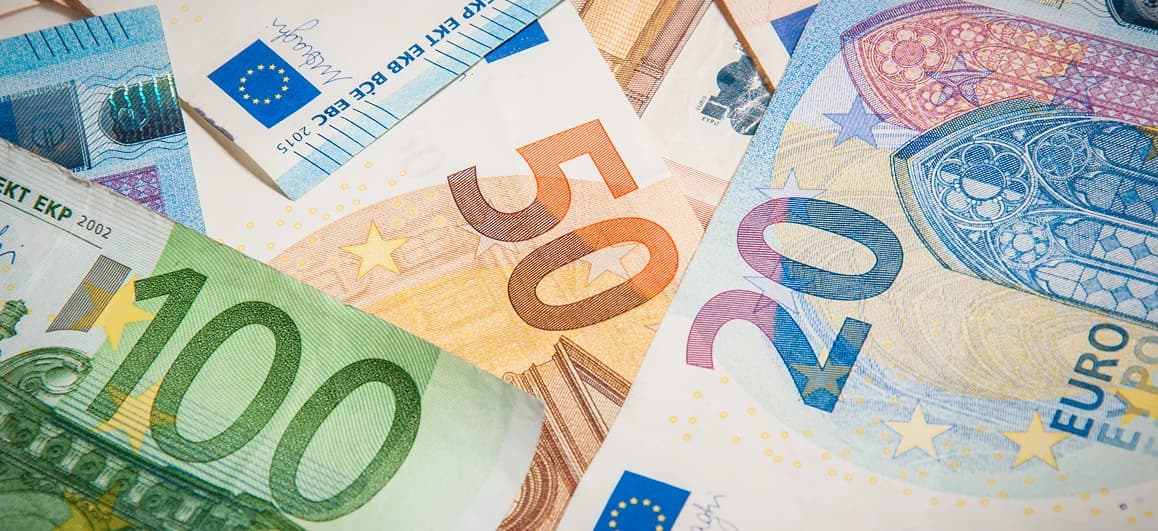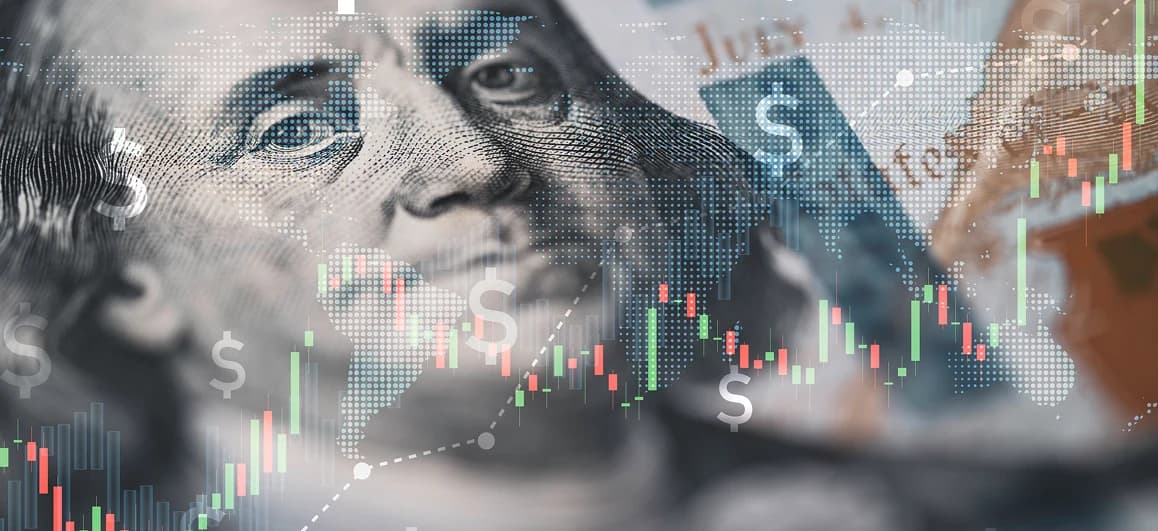- Home
- Blog
- Personal Finance
- How to open a bank account in the United States

How to open a bank account in the United States
Almost everyone needs a bank account in the United States, and it is not very hard to open one. Several different types of accounts are available to you, depending on what you're looking for.
12 novembre 2020 — 6 min read
According to some estimates, about a fifth of American households are either unbanked or underbanked. “Unbanked” generally means the family unit has no bank account at all. “Underbanked” usually means that, in addition to their bank account, the family utilizes nonbank financial services, such as postal money orders.
Many of these families are recent immigrants. Frequently, when people come to America, opening a bank account is not a pressing item on their to-do lists. In other countries, post offices provide basic financial services, like cashing checks and issuing prepaid debit cards. Some American advocacy groups have embraced this idea, but the proposals have never gained much traction.
Other unbanked individuals believe they do not have the documents necessary to open an account or their credit score is too low to qualify. More on these things below.
If you recently moved to America from another country, opening a bank account might not have been a pressing item on your to-do list. But it’s a very important thing to do.
Briefly, a bank account might be the only way to engage in certain activities that many people take for granted. Touchless payment, which is increasingly popular in the coronavirus age, is one example. FinTech companies, such as PayPal, only offer services to individuals with bank accounts. Finally, a bank account makes it much easier to transfer money from one bank account to another.
Opening a bank account is quick and easy, and can be taken care of online or in person in just a few minutes. The most important things that you’ll need to know beforehand are which documents you’ll need to have, and which type of account you want to open.
What are the required documents to open a US bank account?
Before 9/11, pretty much anyone could walk into a branch and open a bank account. But the world is a much different place now, especially in terms of banking. Concerns over terrorism funding and money laundering prompted the government to pass some blanket documentation rules in this area.
People opening an account in person must have two forms of identification. The list of acceptable documents varies, but usually includes:
Driver’s license or government-issued ID
Birth certificate
Social Security card
Passport
If you have a non-U.S. passport, birth certificate, or other document, you might or might not be able to open a bank account. Inquire with your chosen bank on their policies regarding non-residents.
Moreover, people who open bank accounts in person must provide proof of residency. A current utility bill, which could be a computer screenshot, usually suffices.
People opening bank accounts online must usually provide a Social Security number, U.S.-issued driver's license or ID card number, and date of birth. There are pretty much no exceptions.
All virtual and personal applicants must normally make opening deposits and complete application forms. These requirements vary in different places. The minimum deposit is usually between $20 USD and $100 USD. Cash, credit cards, or money orders are usually acceptable. The application is usually less than a page long.
Most banks run credit checks on applicants. People who owe money to other banks, usually NSF account fees, may not be able to open a new bank account. Additionally, banks might place limits on accounts if the account holder has very poor credit. These limits could include withdrawal limits, high fees, and minimum balance requirements.
Many banks offer no-questions-asked accounts, at least in terms of credit history. Banks usually charge additional monthly fees for these accounts.
Types of US bank accounts
There are basically three types of bank accounts in the United States. Each one serves different people with different needs.
Checking account
Most people no longer write checks from their checking accounts, but the nickname still applies. Technically, these accounts are called DDAs, for Demand Deposit Accounts. Quite simply, checking accounts allow account-holders to deposit or withdraw money almost at will.
Deposits could be physical or virtual. At local branches, customers may add funds to their checking accounts by depositing cash or properly-endorsed checks. Most banks accept U.S. personal checks, payroll checks, and government checks. They might or might not accept checks from foreign institutions.
Virtual deposits are usually ACH transfers or electronic transfers. ACH transfers usually move money directly from one account to another for any purpose. Electronic transfers are typically invoice payments.
To withdraw money, most people use a debit card, ATM card, or paper check. A debit card usually has a credit card logo. But credit cards rely on a future promise to pay. Debit cards “debit” money directly from an account, usually a checking account. Frequently, bank-issued debit cards double as ATM cards. If account holders write checks in excess of available funds, they must pay additional fees.
Savings account
Technically, a savings account is a form of a DDA. But people mostly deposit money into savings accounts. They only withdraw the funds sporadically.
Most people use savings accounts to pay for emergency expenses. It’s cheaper to pay cash than to borrow money on a credit card. Many banks limit the number of monthly savings account transactions. Many banks also pay a rather small interest rate, perhaps 2 or 3 percent. That’s not much of a return, but it is better than nothing.
Investment account
A Certificate of Deposit (CD) account is not a DDA account. It is essentially a long-term savings account. People cannot deposit money into CD accounts until the term expires, and they may only withdraw the money in limited situations.
CD account terms vary from as short as about ninety days to as long as about ten years. The longer the term, the higher the interest rate. The rate is always better than a DDA savings account, and for long-term CD accounts, the rate is usually much better.
Generally, people can only withdraw funds from these accounts in person. And, there is usually a substantial penalty involved.
Use Xe to make international money transfers from the United States
Many major banks also offer domestic and international money transfer services. It might seem convenient to take care of your money transfers at the same place where you store your money, but we don’t recommend it. If you need to transfer money overseas, you can count on us to get it there. Banks usually charge high exchange rates and upfront costs as well as hidden transaction fees.
If you want an affordable way to send money back home, use Xe. We offer competitive exchange rates. Log in or sign up to get started with Xe today.
Related Posts

24 avril 2025 — 6 min read

24 avril 2025 — 5 min read

22 avril 2025 — 3 min read

22 avril 2025 — 5 min read

23 décembre 2024 — 11 min read

13 novembre 2024 — 3 min read